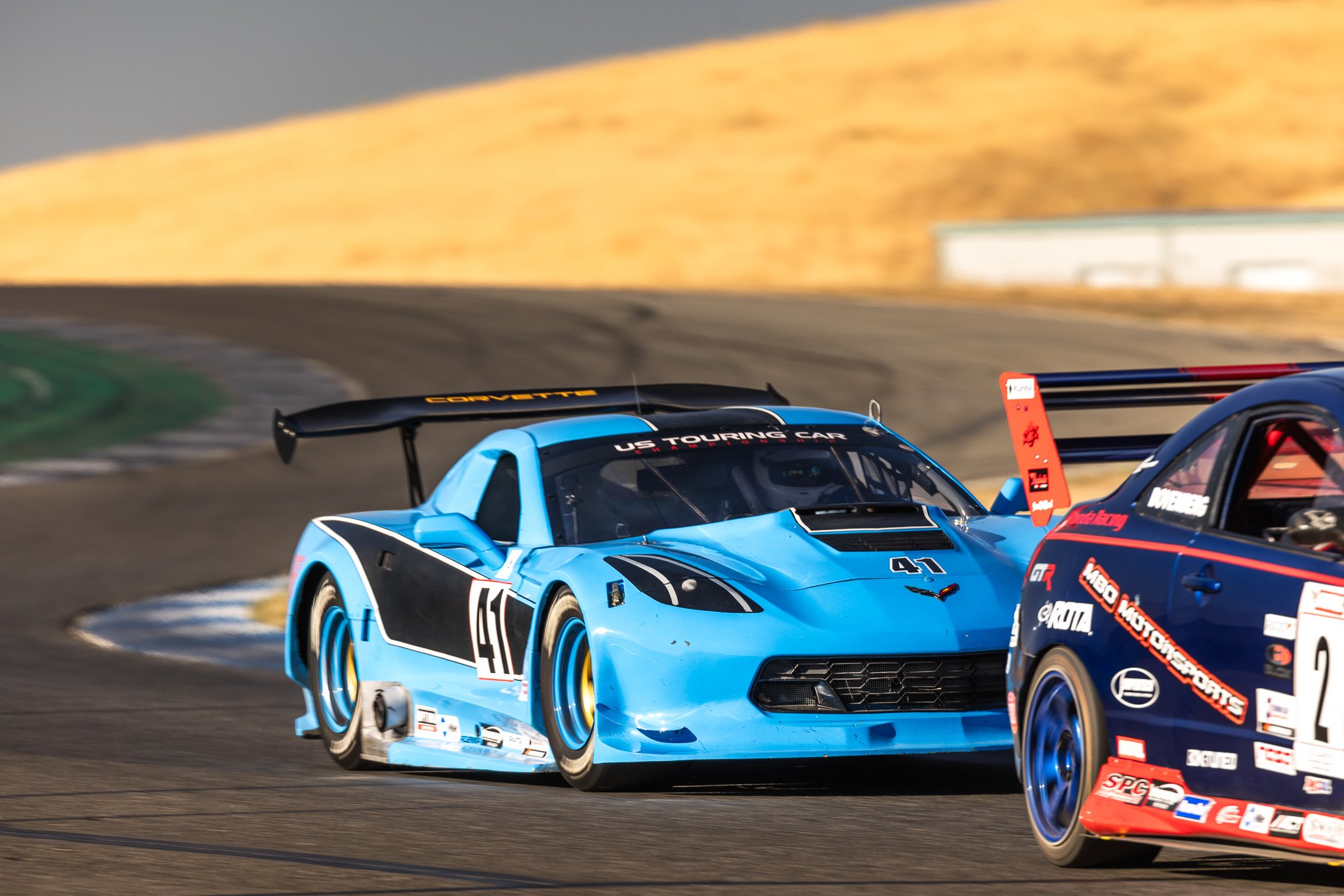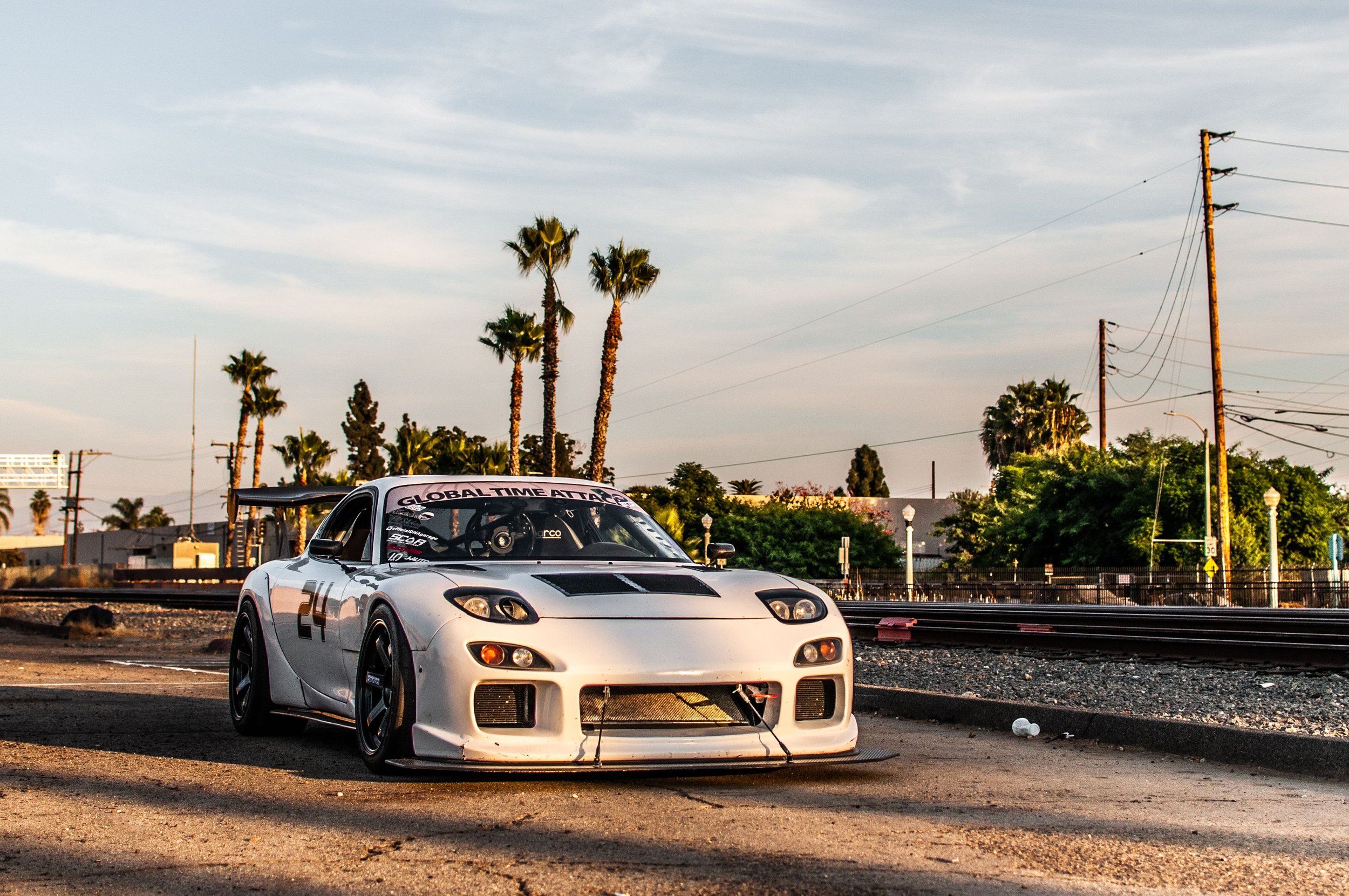
SpeedSF Blog
Every Build Has a Story – Meet the Cars of SpeedSF

Justin’s FC3S RX-7: Displaced Wankel
Justin Merritt’s desire to keep up with the Mustangs pushed him to ditch his FR-S for an LS1-swapped RX-7 in need of some TLC. With a little bit of work, he’s made the Mazda into a surprisingly approachable machine with plenty of untapped potential.

Johnson's RX-7: Refreshingly Reliable
After taking on the daunting task of road racing a turbo RX-7, Johnson dealt with the teething pains of a force-fed rotary, but his dedication to the platform has taught him what needs to be done to keep the particular powerplant happy.
